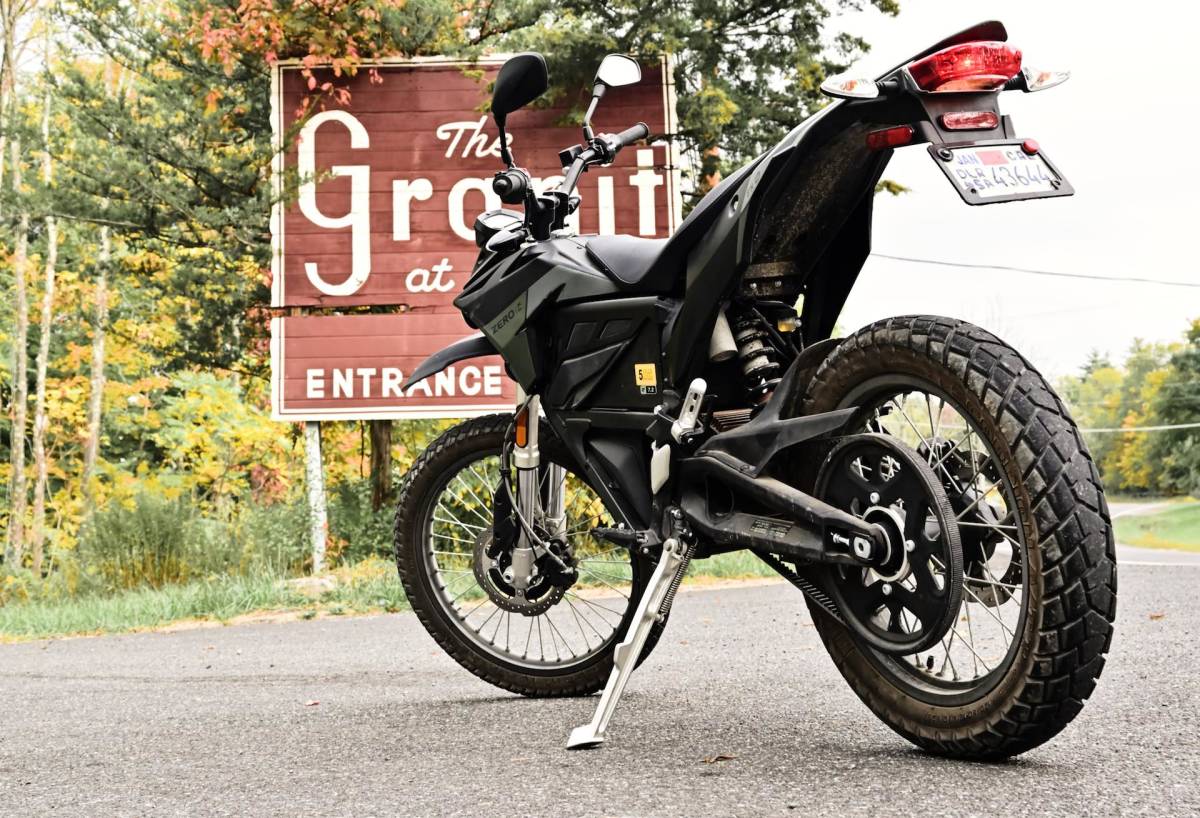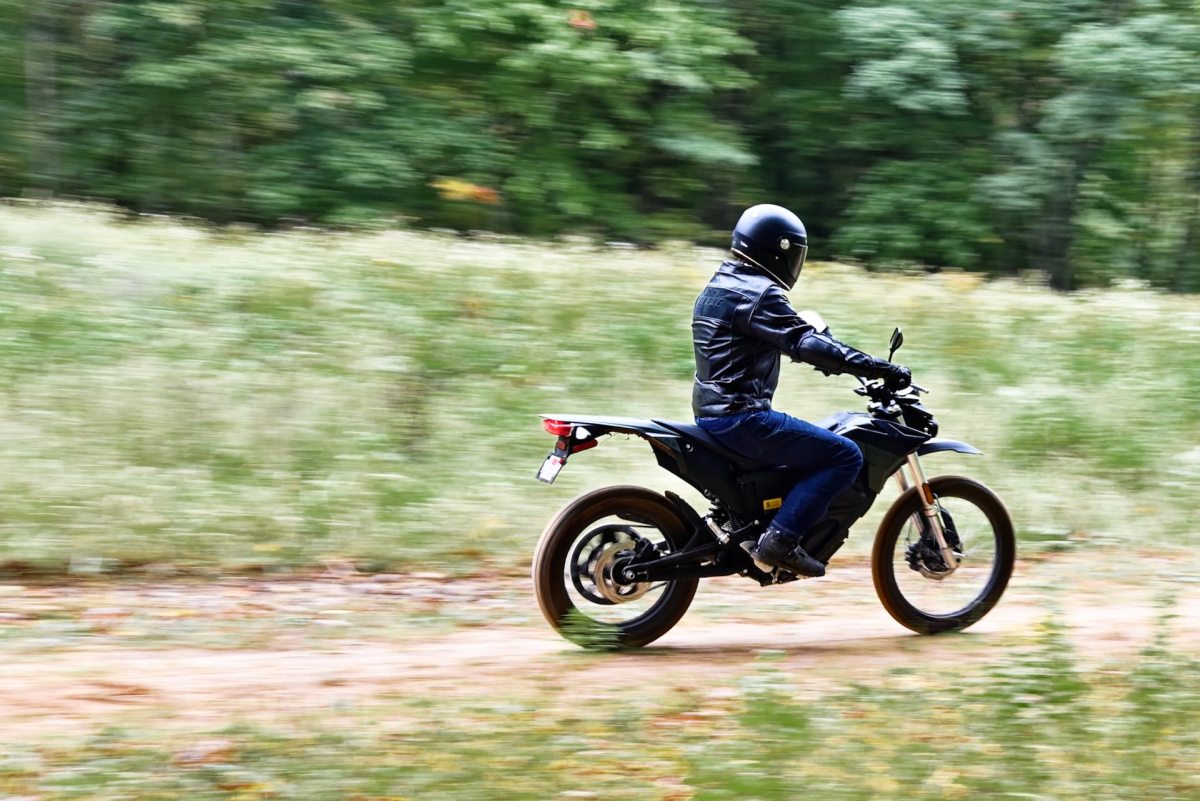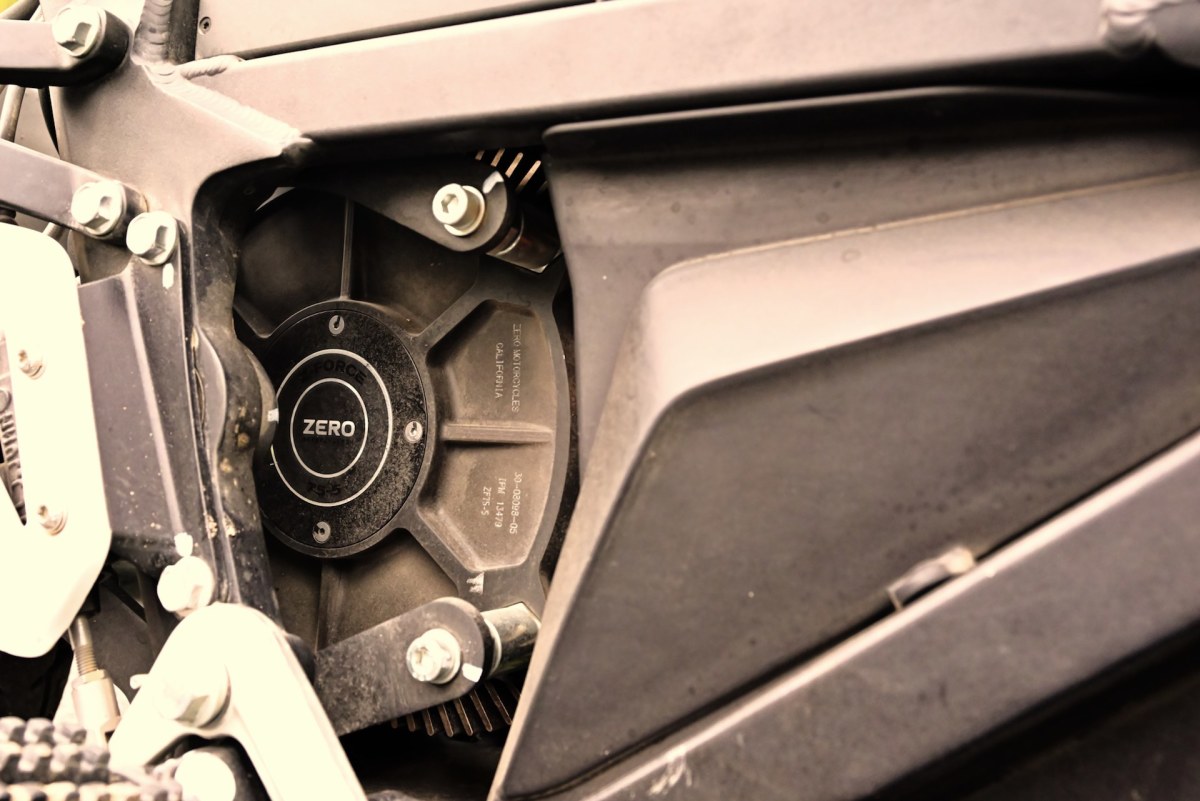What It Is:
We recently showcased the latest wave of new electric motorcycles now hitting the market, with more on the way. But no company in the segment has laser-sighted the bullseye like Zero. And their tech is clearly so well sorted that they’ve just become an official supplier to Polaris.
That’s a huge deal. Nobody in the off-road space makes nonpolluting side-by-sides, ATVs, and snowmobiles. And the hunt and fish outdoorsman certainly wants low-impact, no-noise machines because the sound alone not only scares off prey—it scares off would-be participants. Zero’s found new, wealthier, younger, non-petrol heads precisely because their machines aren’t Harley LOUD. Buyers skew younger. They’re the next-gen that doesn’t want to ride a hog. They think Moto Guzzis and Triumphs are awesome, but so too, is the idea of all that style, minus the noise and heat (and need to work a clutch) that a Zero can offer.
The Polaris deal is also going to give Zero a big wad of cash to innovate further, though we’d say they’re already doing pretty well at that based on a fistful of days we had ripping on the 2021 FX.

This bike, geared toward the “adventure segment,” which is loosely defined as semi-off-road focused, is exceedingly well sorted, and a joy on most terrain. Mostly, because its 78 lb-ft of torque delivered just about from a standstill, can be a serious handful in the dirt. You’ll find yourself spinning that back tire if you just open the “throttle” and go for it. A similarly targeted adventure bike, the gasoline KTM 390, takes until it hits almost 7,000 RPM to deliver a far less potent 27 lb-ft.
But unlike a gas moto, the FX is programmable via a smartphone app. So we dialed torque way back to 22 percent, and increased regenerative braking, to simulate the kind of engine constraint you’d experience downshifting a gas four-stroke (sort of). Before diving in on the experience, understand that we were testing the more expensive, longer-range, higher-horsepower ZF 7.2 version of the 2021 FX. The breakdown is that the starting price on the 3.6 is $9,295, weighing 247 pounds with a range of 46 city miles per charge. The 7.2 bangs your wallet for $11,295, but increases range to 91 miles and substantially jolts horsepower from 27 to 46 hp—and, yes, does get heavier, at 289 pounds.
Either way you’re talking about a ripping machine that’s still at minimum 60 pounds lighter than the KTM, and hundreds of pounds lighter than any gas-powered motorcycle with equivalent propulsion.

Why We Like It:
Let’s make something very clear: This isn’t the Cake Kalk SL we tested recently. That bike is about 100 pounds lighter and feels nearly like an electric mountain bike. The Zero FX is more substantial, with a wider, more traditional frame design. Also, its Showa suspension is better sorted for both slow-speed, technical riding on dirt and rock, as well as for faster riding on the mix of pavement and flowing dirt two-track byways where we were testing. Dialing the FX’s torque way back through the app also enables rolling over obstacles, like boulders, from a dead standstill, and just feathering the bike forward, because of course there’s no clutch, and no risk of stalling an engine halfway over a log hop.
Even though the FX’s Pirelli Scorpion MT 90 tires are exceedingly grippy on pavement, they’re not what you want for technical dirt; we’d happily sacrifice a bit less bite on tarmac for more chomp in the muddy, rocky woods. There, the combination of an excellent, but very sensitive front Bosch brake, and a more easily modulated rear stopper (along with road-based tires) required a lot of trail braking of the rear to get the back tire to bite out of corners, and immense patience with the throttle. Too much “gas,” too soon, and you’d be in danger of dumping the FX.
We should mention that beyond custom mode, you can also toggle through a thumb-selectable menu to bring up both an Eco and Sport mode. The former was still way torque-ier than our custom setting; great for open backroads. But again, off the line, nearly untamable. And we only dared with Sport once, on a straight bit of street riding where we could partially crack the “throttle,” and shot from 30-70 mph in what felt like a half-second.
But if the FX needs more tire for true technical MX ripping, on backcountry mountain asphalt, the Zero is a sheer delight where paved turns to dirt and back again to civilized two-laner. Handling was very predictable and reasonably placid even when the road surface was cruddy. On old farm doubletracks, the suspension sponged up the humps and rollers easily. On one solo ride, with no conventional motos nearby, I realized the FX is so quiet I was able to use turn-by-turn navigation with non noise-cancelling earbuds. That would be impossible on a gas bike.

Nitpick:
Zero wants $600 extra for a fast charger that reduces the time to refuel the FX ZF 7.2 from 9.7 to 4.1 hours. Either way, you can use the standard accessory cord that plugs into any wall socket, and there’s even a storage space for the charge cable within the chassis. But unfortunately, Zero says it can’t fit the tech on this bike that allows Level 2 charging from public stations. That’s a bummer. Zero does offer faster juicing of its other bikes, and that can mean a full refuel in an hour, and in just a few minutes, a partial top-up that would let you shoot home after a long ride.
Also, although it’s an obvious nitpick, we brought that KTM 390 into the picture because it’s still in the same segment as the FX (though it has less ground clearance at 8 inches vs. 12.5) as a relatively lightweight, nimble adventure bike. But that one will only set you back $6,199, and can be refueled on the fly.
We also mentioned using custom mode to dial-up regenerative braking on the FX to “simulate” the engine de-cel you’d want when you downshift a gas bike. On the FX, regen doesn’t get you as much deceleration. Plus, you can’t mete out how much you want, the way letting out a clutch upon a downshift allows. The only way to apply it is to let off the throttle. (Sure, you could just feather the rear brake, and we did that, but slowing the rear wheel with the motor itself would add a layer of familiarity and safety for traditional moto heads.) Not that this is holding Zero back, nor should it.
The FX is exceptionally fun; it’s light enough to be game-changing for anyone who wants an adventure bike that isn’t intractably porky at slow speeds, and it’s a rocket when you want or need instant acceleration. Yep, there’s certainly a learning curve, but if you’re patient with it, there’s pretty much nothing on the market that can hold a candle to the FX for monster mojo, handling, and reasonable, “daily-driver” range.
from Men's Journal https://ift.tt/3iYaBrQ
via IFTTT











0 comments:
Post a Comment